Green Threads: Weaving Sustainability into Daily Life
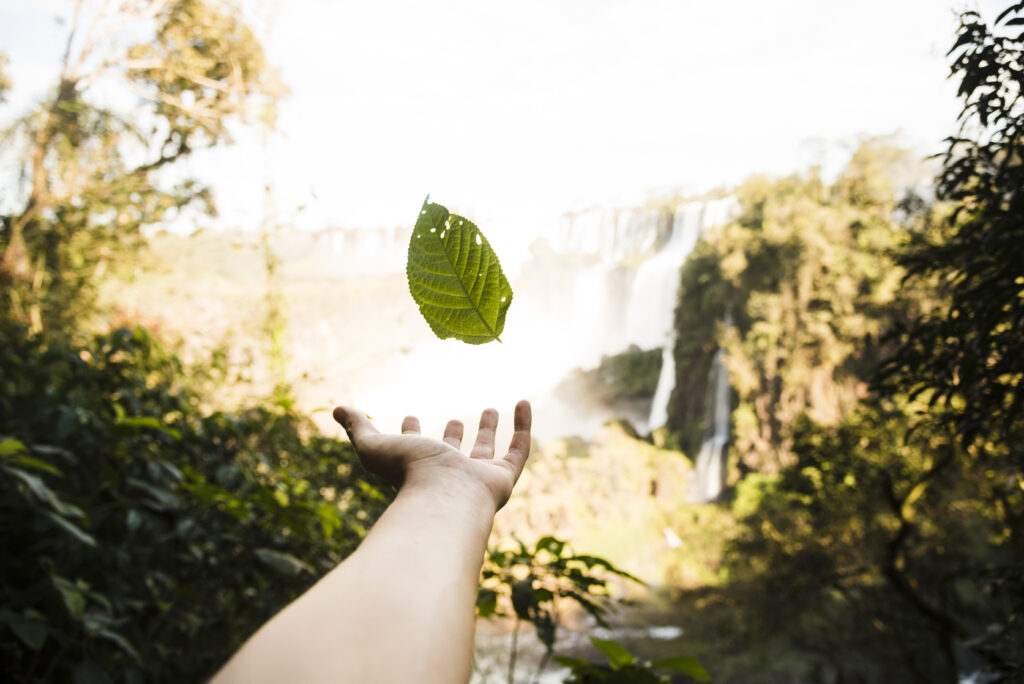
In a world where the threads of our existence are intricately intertwined with the fabric of the environment, embracing sustainability isn’t just a choice — it’s a responsibility.
From climate change to the depletion of natural resources, it is clear that we need to take significant action to preserve the planet for future generations. One way to do this is by implementing sustainable practices in our daily lives. Welcome to the vibrant tapestry of green living, where eco-consciousness meets practicality, and every stitch counts.
With the growing awareness about the impact of human activities on the environment, many people are now keen on adopting a sustainable lifestyle. From the clothes we wear to the food we eat, every choice we make can either contribute to environmental degradation or foster a more sustainable world. The good news is that there are many ways to incorporate sustainable practices into your daily routine. We are about to explore the multifaceted aspects of sustainable living, equip you with practical tips for reducing waste, and guide you through the process of making eco-conscious choices in various elements of daily life.
Fashion with a Conscience
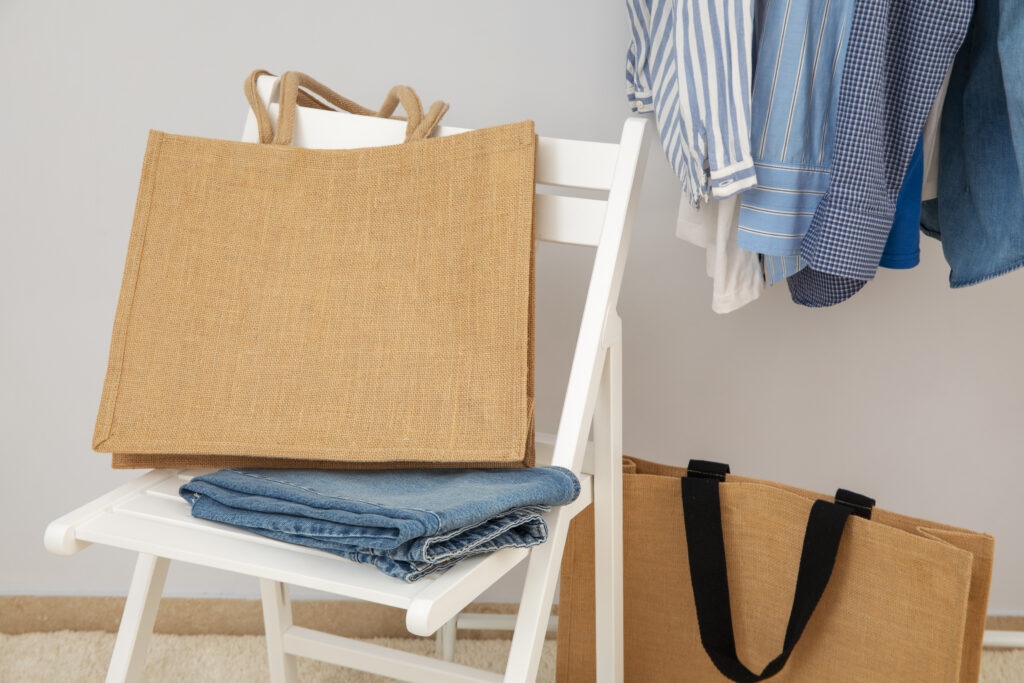
The fashion industry is one of the most polluting in the world, but it doesn’t have to be that way. Our wardrobes hold secrets — the stories of fast fashion, synthetic fabrics, and exploitative labor. But they can also be the canvas for change.
The first thing to do is to learn about what should be considered among eco-friendly fabrics, choose more ethical brands, and respect your clothing as if it were your life partner by extending its life and reducing the environmental footprint together.
Opt for organic cotton, hemp, or bamboo clothing. Seek out brands that prioritize fair wages and ethical practices. Embrace timeless pieces that transcend trends, reducing the need for constant replacements. And remember, the most sustainable outfit is the one you already own.
By making conscious choices when it comes to fashion, we can minimize the impact of our wardrobe on the planet and support a more sustainable future for the industry, reducing the environmental impact of clothing production and promoting sustainable fashion practices.
Reducing Waste and Embracing a Zero-Waste Lifestyle
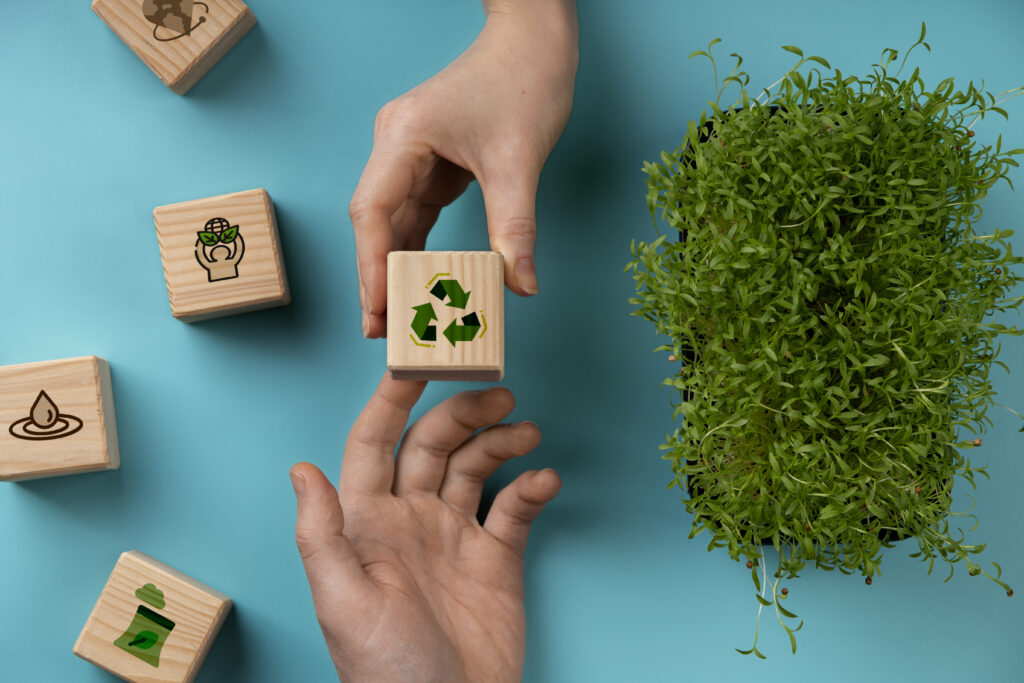
Picture this: a loom, not of wood and yarn, but of intention and action. Each thread represents a choice we make — what we wear, what we consume, how we move, and how we dwell.
These threads, when woven together, create the pattern of our lives. Green threads, however, are different. They shimmer with purpose, reflecting our commitment to sustainability. Let’s explore how we can infuse our daily routines with these verdant strands.
This battle against waste begins at home. Imagine a life without overflowing trash bins and single-use plastics. It’s possible! Start by refusing disposable items — swap plastic bags for reusable totes, invest in stainless steel straws, and carry a reusable water bottle.
Composting kitchen scraps and repurposing old containers add texture to this zero-waste tapestry. Reducing the amount of trash we generate involves a thoughtful analysis of our consumption habits and switching to reusable alternatives wherever possible. Remember, every small act unravels the throwaway culture.
The 5 R’s of Zero-Waste Living
The first step towards a zero-waste lifestyle is to rethink our consumption habits. By following the 5 R’s – Refuse, Reduce, Reuse, Recycle, and Rot – we can significantly reduce the amount of waste we generate. This benefits the environment and saves us money in the long run.
Refuse: Avoid single-use items like plastic bags, straws, and disposable water bottles. Always opt for reusable alternatives.
Reduce: Start bringing only what you need into your home and avoid impulse purchases. This will reduce waste, save you money, and declutter your space.
Reuse: Get creative with repurposing items you already own or borrow from friends and family. Instead of buying new, consider borrowing or renting items you don’t use often.
Recycle: While recycling should be the last resort after reducing and reusing, it’s still important to properly sort and recycle items to divert them from landfills.
Rot: Food scraps may be converted into nutrient-rich compost for your garden, minimizing the quantity of food waste in the trash. If you don’t have a backyard, check into local composting programs or set up a tiny inside compost container.
Sustainable Journeys

Travel, like weaving, connects distant points. But our footprints needn’t be heavy. Opt for trains over planes, explore local gems, and offset your carbon emissions. Pack a reusable cutlery set for picnics, and choose accommodations that prioritize eco-friendly practices. Whether you’re hiking through forests or strolling city streets, let your journey leave a trace of green behind.
Mindful packing and planning can significantly contribute to a sustainable travel experience when preparing for your next adventure. Opt for lightweight, compact, and eco-friendly gear that reduces luggage weight and, consequently, your transportation’s carbon footprint.
Investing in high-quality, durable travel items means buying less over time, reducing waste and promoting a minimalist travel style. Additionally, digital solutions for travel guides, tickets, and boarding passes should be considered to minimize paper use. Planning your route to include multiple destinations in a single trip can also decrease unnecessary travel, further minimizing your environmental impact.
By adopting these eco-conscious packing and planning practices, travelers can enjoy their adventures knowing they are taking steps to protect the planet. And when you return home, share your sustainable travel experiences and inspire others to do the same. Together, we can weave a greener future for our planet.
Sustainable Home Practices
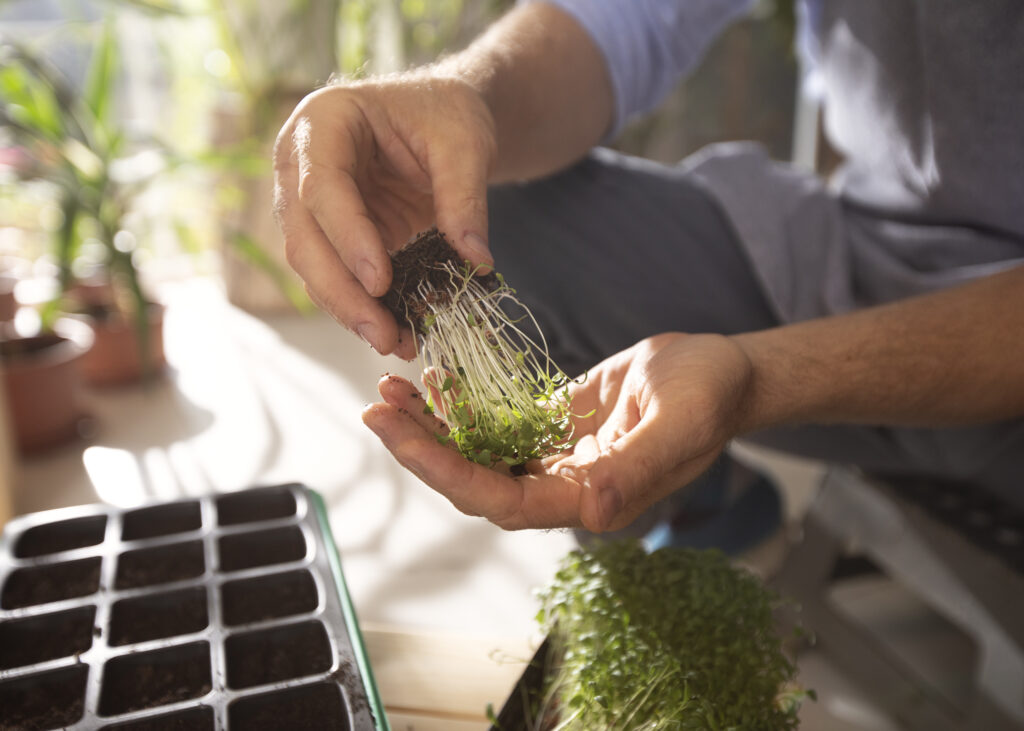
Eco-friendly home modifications are another effective way to incorporate sustainability into your daily routine. This can include things like using energy-efficient appliances and LED bulbs, installing low-flow showerheads, and using natural cleaning products.
That will help to reduce energy consumption and even save you money on utility bills. Additionally, choosing sustainable materials during renovations, like bamboo flooring or recycled glass countertops, can further solidify your commitment to an eco-friendly lifestyle.
Growing your own vegetables and herbs can significantly reduce the environmental impact of transporting food while providing you and your family with fresh, organic produce. Also, supporting local businesses and purchasing products made from sustainable, ethically sourced materials can immensely contribute to a more sustainable lifestyle.
Besides that, integrating technology designed for sustainability, such as smart thermostats or energy monitors, can enhance your home’s efficiency, allowing for a more controlled and conscious use of resources. With all these practices, every house has the opportunity to become a bastion of sustainability, contributing positively to our planet.
The Future is Green
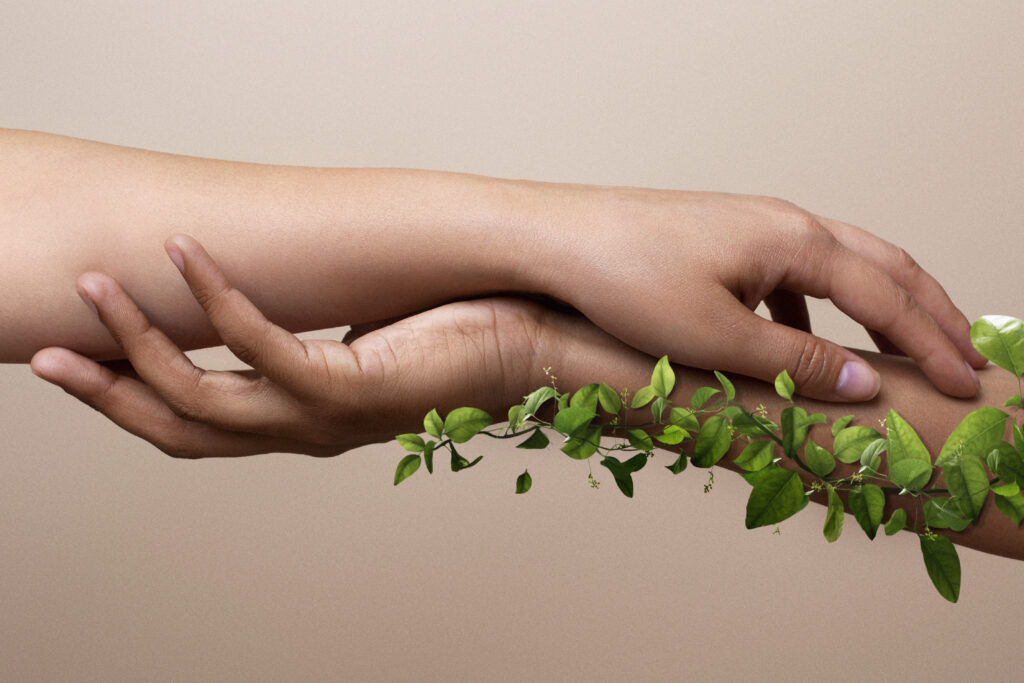
It’s clear that ‘Green Threads’ isn’t just about adopting individual sustainable practices but also understanding the interconnectedness of our actions and their impact on the planet. We can collectively create a more sustainable future for future generations by making small changes in our daily lives. Let’s continue to weave sustainability into our daily lives and inspire others to do the same. Together, we can make a difference in creating a healthier planet for all. Every small step counts and Green Threads is here to guide you on your path toward a more sustainable lifestyle.
In this tapestry of conscious living, we’ve explored the art of dressing in earth’s hues, the delicate dance of zero-waste practices, the rhythm of sustainable journeys, and the cozy corners of green homes. But beyond the practical steps lies a more profound truth: sustainability is not a solitary endeavor. It’s a communal act, a symphony of millions of choices echoing across time and space.
“Preservation of our environment is not a liberal or conservative challenge, it’s common sense”
– Ronald Reagan
The choices we make today, from what we wear to how we travel, collectively create the world of tomorrow. Let’s keep weaving those ‘Green threads’ and create a brighter, greener future for all. Remember, sustainability isn’t a trend; it’s the warp and weft of our shared existence. The journey towards a sustainable lifestyle can seem overwhelming, but with knowledge and willingness, it is an attainable goal.

